10 Reasons to Study Chess Middlegame
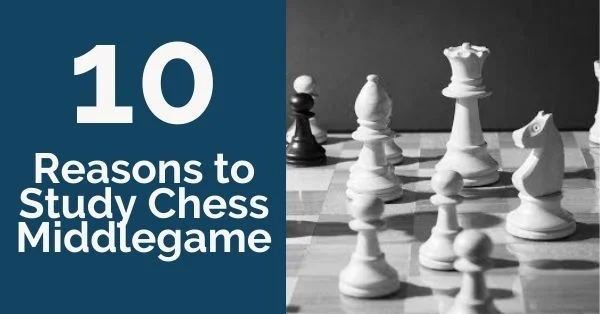
Middlegame generally begins when all the pieces have been developed and the kings have reached safety. This is the part where each player’s understanding of the position is put to test.
For the players who are trying to improve, studying this part is crucial to their further development. So, why is the middlegame so important and why should you study it?
Here are a few reasons:
1. You will improve your overall chess understanding.
Every game that you go through, every new idea that you see helps you widen your chess knowledge and overall understanding. There are countless ideas in the middlegame that you can only learn if you go through many games and then try to apply them on your own. When you study a game and pay attention to what the players do in the middlegame, you will always encounter more than one theme. You can learn new positional ideas for example, but the same game might have some interesting prophylactic moves or a beautiful tactical blow to finish the game off.
2. Middlegame: You learn how to play with different pawn structures.
One of the most important factors in the middlegame is the pawn structure. Different structures require different plans and piece placement. If you don’t know how to handle them, it is easy to choose the wrong plan and fall into a worse position. First of all, you should study the structures that you play most. Once the opening is over, it’s time for maneuvering and trying to break into the opponent’s position. If you have seen the ideas before, it is easy to apply them in your own positions. You will also save a lot of time, as you won’t waste time wondering which way to go and deciding between various moves. You know which plan is the right one and you just go for it, without further ado.
Apart from the structures you play, there are other important ones that tend to appear over and over again in games and you need to understand how to play. For example, the isolated queen’s pawn is a major one and every chess player should know the typical plans for both sides – the one who has it and the one playing against it.
3. Learn the most important positional patterns.
Positional understanding is usually what makes the difference between a strong player and an aficionado and working on this aspect could be what you need in order to get better at chess. When working on their own most chess players tend to focus on tactics and opening, while strategy remains slightly neglected. A strong and experienced player knows how to use the small advantages in a position and how to press for more.
One of the most important steps in learning strategy is understanding weaknesses and how to use them in your favor. A weak square or a weak pawn can be enough to win a game if you play the position in the right way. Other must-know positional patterns are how to play with the bishop pair (and against it!), how to play in positions with opposite color bishops, positions with bishop versus knight, and how to play with the queenside pawn majority.
4. Middlegame: Learn how to deal with trades.
Trading pieces is a difficult subject for everybody and understanding which pieces need to go and which need to stay will play a big role in your development as a chess player. In every game we play, trading pieces is inevitable.
However, this shouldn’t be done automatically and it is important to choose the right moment as well as the right pieces to trade. In general, you want to keep the active pieces and get rid of the passive ones.
But, things are in fact more complex than that. The trades can also depend on the pawn structure, whether the center is closed or open, and on the king’s safety.
5. You learn new ideas that you can then use in your games.
When playing, we try to use ideas we have seen before in games between Grandmasters. There are maneuvers or ideas that you can find in a game simply because you have seen them before.
Therefore, you know they work in a specific type of position. This is called pattern recognition. Classical games can offer a lot of inspiration and teach you new ways of thinking. One famous example that comes to mind is the game between Janowski and Rubinstein.
In it, Rubinstein, with the black pieces, found an unusual way of activating his queen:
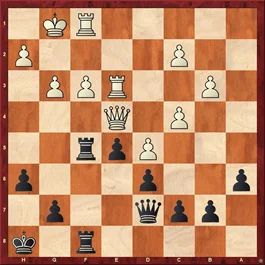
In this position, Rubinstein went 29…Qd8! With the spectacular idea of improving his Queen via b8-a7 and finally to c5.
6. Studying middlegames will also teach you a lot about tactics.
You learn how to use different tactical motifs you already know.
But, you can always discover new ways of using them. It helps develop your imagination, so you can set clever traps and find hidden ideas in your games.
7. Tactics can also come in the form of sacrifices, which you can also learn by studying many of them.
Most people are familiar with the typical ones, for example, the Greek Gift sacrifice, the double bishop sacrifice, or the sacrifice on f7, but they can happen in so many forms. You usually learn the typical way of executing them, but by studying the middlegame you will discover new ideas that can come in handy during the game.
The sacrifice on h7 is a good example, as it doesn’t necessarily lead to a forced win. Sometimes it can only give a very strong attack that, if played correctly, will eventually lead to a win.
However, when you’re playing the game you don’t have the certainty that it will work; you have to assess the resulting position correctly. The more middlegame ideas you see, the easier this task will eventually get for you.
8. Middlegame: Attacking is not only about sacrifice.
Sometimes, it doesn’t even require sacrificing. You have to know how to place your pieces, the general principles in the attack, and which pawns to advance. And how to open the opponent’s king, as well.
You can learn a lot from studying the games of strong attacking players. For example Judit Polgar, Garry Kasparov, and Alexander Alekhine.
9. By studying many of them, you will learn that equal positions are not necessarily a draw.
Even the tiniest advantage can be enough to win the game if you know how to fight for more and slowly squeeze your opponent. Take a look at the games of Anatoly Karpov, Ulf Andersson, or Magnus Carlsen.
Then, you will learn how to be patient, keep your opponent under pressure, and “trick” him/her into making mistakes that can cost the game.
10. Middlegame: The initiative is an important concept in chess.
Only by studying many of them, you can understand how to play them. And how to use them, as well.
The initiative belongs to the player who can make threats that cannot be ignored. This way, he puts the opponent to defend against these threats, not being able to make moves that accomplish a certain plan of his own. Sometimes, it can even become more important than material. In practice, defending isn’t easy and after a while under pressure players tend to make mistakes that can cost them the game.
Looking for more on Chess Middlegame? Here is the Complete Guide.
https://thechessworld.com/store/product/complete-middlegame-preparation-with-fm-armin-musovic/



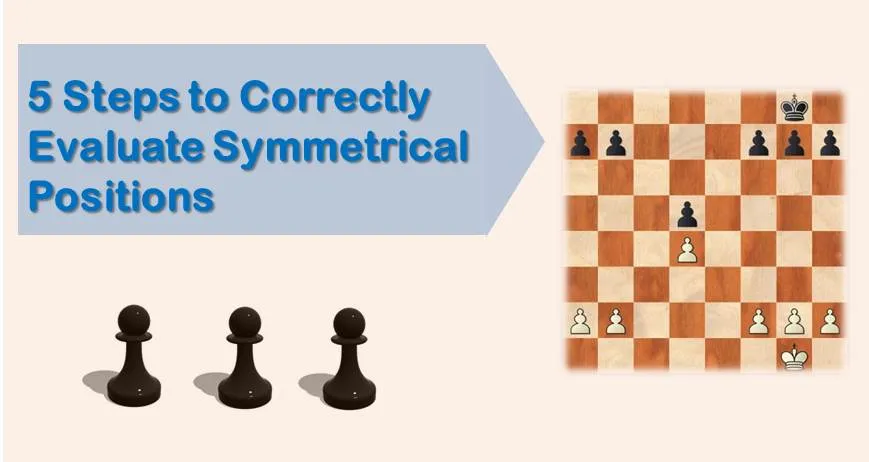
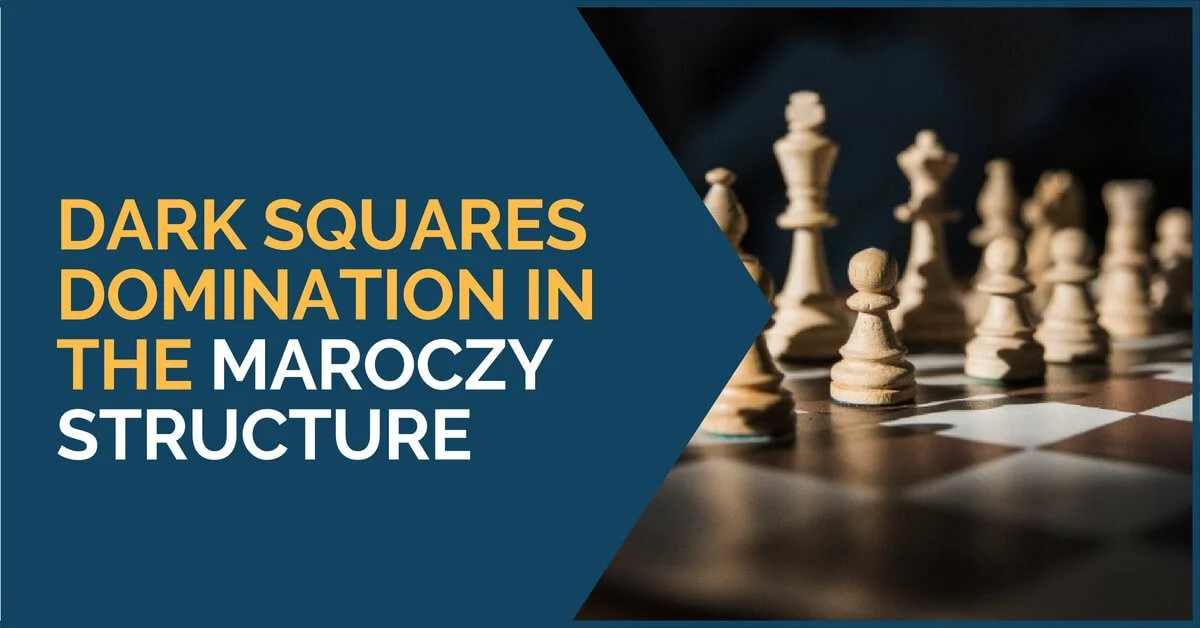
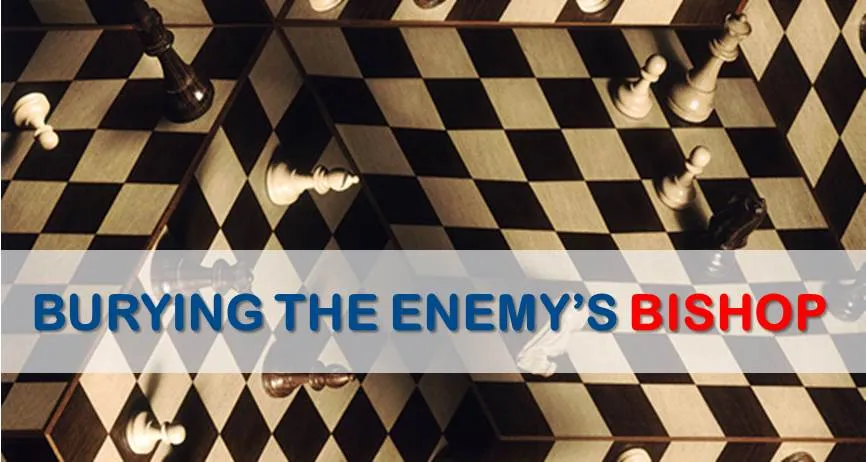




Comments: